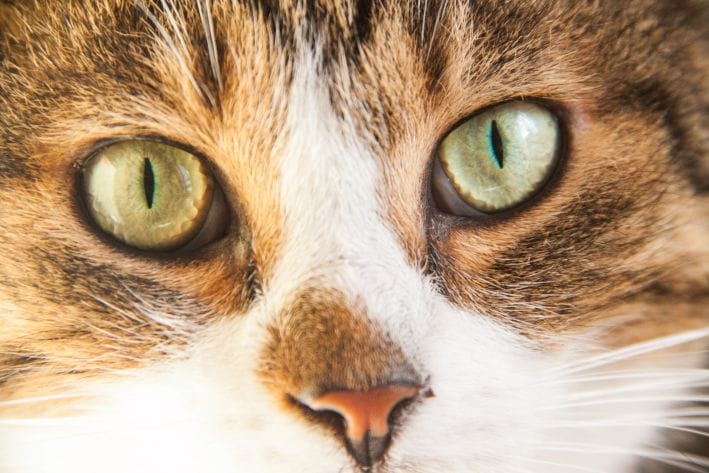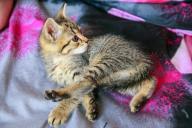Cat behavior is a complex and mysterious mechanism that has evolved over thousands of years through natural selection.
Every movement of the animal has a certain biological meaning, including the famous wagging of the rear before an attack.
Predator Instincts
The wagging of the rear end is a complex biological signal that has evolved over millions of years. The hunting instincts of wild cats are fully preserved in domestic pets.

Repetitive movements before an attack serve as an important preparatory stage that helps the animal concentrate its attention and mobilize its physical capabilities.
Physiological features
Scientific research confirms that this behavior is related to the physiological characteristics of the muscular system of cats.
Before jumping, the animal performs specific movements that allow it to redistribute muscle load.
Alternating movements of the hind legs help to calculate the trajectory of the future jump, determine the distance to the prey and optimize the trajectory of the attack.
Psychological aspect
The psychological component of wagging the butt is no less important. Cats use this movement to demonstrate their readiness to hunt. This behavior serves as a kind of psychological warm-up, allowing them to concentrate their attention and mobilize the body's internal resources. Each movement carries a certain informational load.
Communicative function
Wagging the backside also serves a communicative function in a cat pack. Wild cats use such movements to convey information to their relatives.
Domesticated animals retain this pattern of behavior, demonstrating their willingness to interact. Such signals help establish social hierarchy and define roles in the group.
Adaptive meaning
The adaptive significance of such behavior is the result of long-term evolution of predators. Each movement of a cat before an attack carries a certain biological load.
Scientific observations show that this behavior helps animals hunt as efficiently as possible, compensating for their lack of physical strength with high maneuverability and precision of movement.
Types of hunting behavior
Experts distinguish several varieties of hunting behavior in cats. Wagging the backside can occur with varying intensity and amplitude depending on the specific situation.
Some movements serve as preparation for a jump, others are a psychological warm-up. Each pet has its own unique behavior pattern, formed by individual experience.








